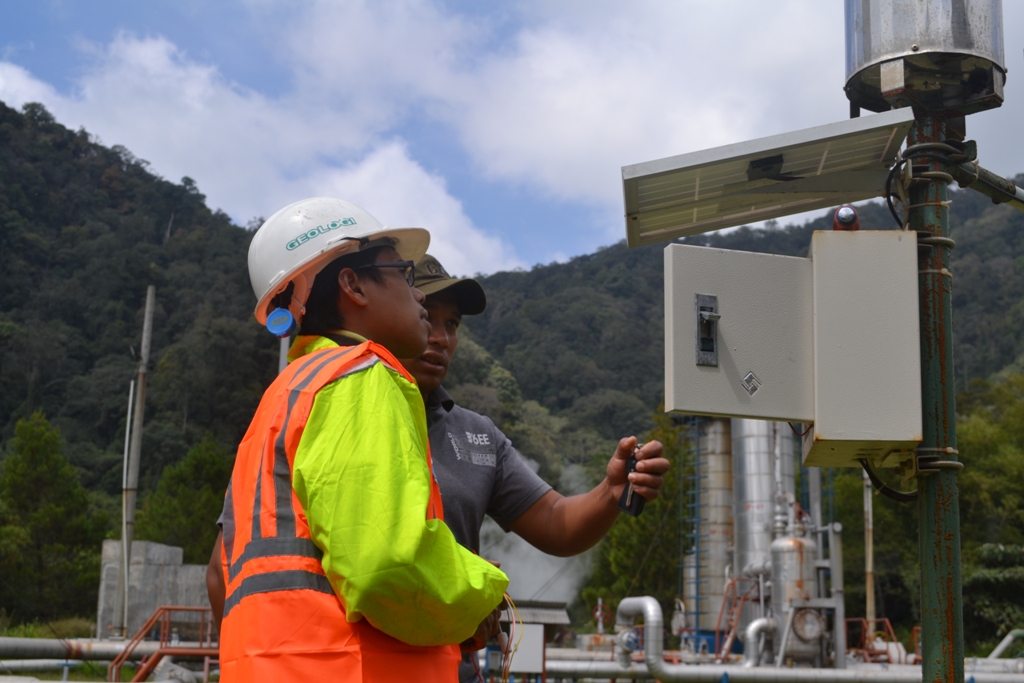
The government has launched the energy transition agenda to address the impacts of climate change.
The government’s program focuses on reducing the use of fossil fuels and promoting the transition to low-carbon energy, one of which is geothermal energy. Unfortunately, its utilization is still at 11% of the total potential.
A geothermal energy expert from UGM’s Geological Engineering Department, Dr. Pri Utami, mentioned that the limited use of geothermal energy is due to the government’s need for more accurate data on Indonesia’s geothermal energy potential.
Since geothermal potential is minimally visible on the surface, innovation in exploration technology is required. Dr. Utami, as she is familiarly known, provided several recommendations to the government to ensure the project runs safely and achieves its target.
“There are two fundamental actions that need to be taken: improving the quality of exploration data and enhancing public understanding,” Dr. Utami said on Friday (Oct. 4).
She mentioned that Indonesia holds 40% of the world’s geothermal energy potential, which is 23,965.5 megawatts (MW).
This potential is spread across Sumatra, Java, Bali, and Sulawesi, making geothermal energy a significant opportunity to meet national energy needs while reducing carbon emissions.
She further explained that there are three types of geothermal systems based on their energy content: high, medium, and low enthalpy systems.
“High-enthalpy geothermal systems radiate heat to their surroundings. We can extract the heat from water and steam to generate electricity,” Dr. Utami explained.

Geothermal energy produces much lower carbon dioxide, sulfur dioxide, nitrogen oxides, and solid particles than other energy sources.
In addition, geothermal energy also has advantages in terms of sustainability. Geothermal heat that reaches the surface is carried by rainwater and follows the hydrological cycle.
Naturally, the heat returns to the earth. Furthermore, the injection of fluids whose energy has been extracted is returned to the geothermal reservoir to maintain the heat and mass balance within the geothermal system.
“These advantages make geothermal energy a stable renewable energy source,” she stated.
However, what is equally important in utilizing geothermal energy is raising public awareness of its potential.
Every development process requires community readiness to engage in geothermal-based economic activities, for example, through synergy between the geothermal sector and agriculture and tourism.
The Ministry of Energy (ESDM) has announced plans to build three Geothermal Power Plants (PLTP) with a total capacity of 90 Megawatts (MW) by the end of this year.
These projects will help meet the 23% renewable energy target in the energy mix (EBT) by 2025.
In addition to being used as a renewable energy source, geothermal energy can also be utilized for industrial heating processes, health therapy in geothermal hot springs, and even to help discover enzymes from microorganisms living in extreme geothermal conditions for use in the pharmaceutical industry.
This extraordinary potential is expected to support national energy needs while also becoming the backbone of the economy, driving clean energy in the future.
Author: Tasya
Editor: Gusti Grehenson
Post-editor: Afif

